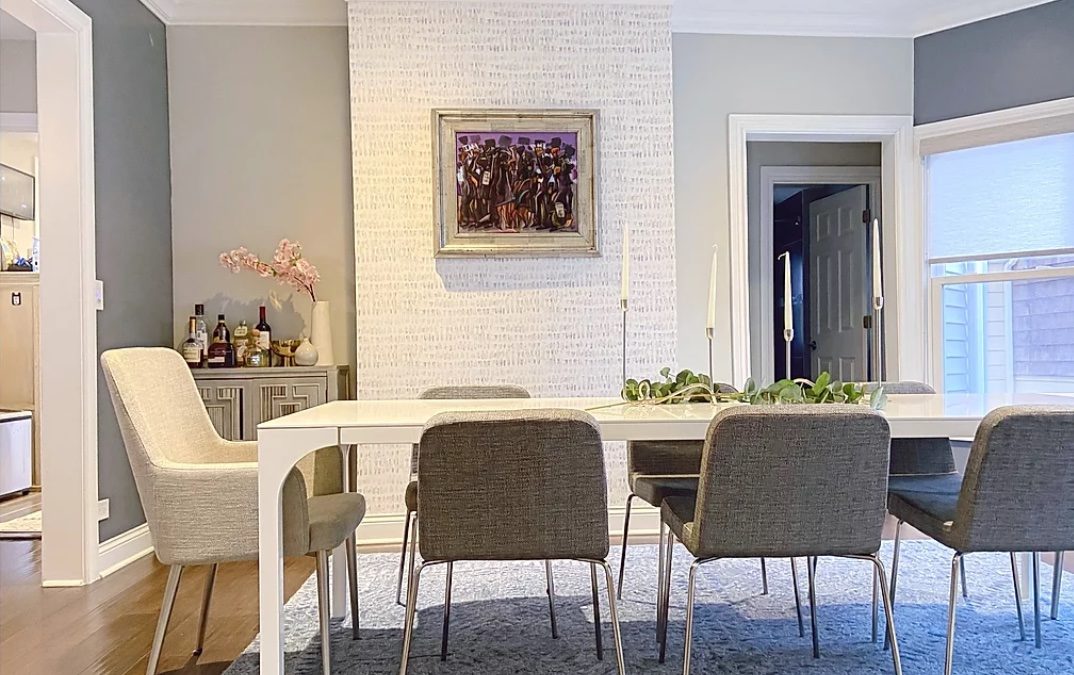They may not be an obvious pairing, but interior design and psychology go hand in hand. The way we choose to design our space doesn’t just affect how it looks, but can have a huge impact on our emotions, behavior and energy levels. If you think about it, this makes a lot of sense. Perhaps you’ve encountered a cozy restaurant that made you instantly feel at home, or stayed in a hotel where you felt calm and relaxed the moment you walked through the door.
The good news is that you don’t need to run a business to use the key concepts to your advantage. Once you have a basic understanding of the psychology of interior design, you can use it to create a space that makes you feel comfortable and content. Here are a few things you should know about the psychology of interior design.
Color
The colors we use in our home play a huge part in the psychology of interior design. Different colors evoke different feelings, and some even have the power to provoke physiological changes like an increase in blood pressure.
Blue, for instance, has a soothing effect while red conjured up a sense of urgency. The effect of some colors will be different depending on the person. If you’re not a big fan of yellow it might make you feel anxious, but if you are it can spark creativity and increase your energy.
Light
There’s no denying that a soft, diffused light makes you feel more at ease than harsh fluorescent bulbs. Different rooms of the home require different lighting according to their primary use. As it’s essentially a workspace, the kitchen needs brighter, color accurate light, while the living room should have a warmer, more mellow light as the place where we relax.
It’s always a good idea to introduce as much natural light to the space as you can as it helps to regulate our internal body clock. You can do this by hanging mirrors, using light window treatments and making sure there’s nothing obstructing your windows on either side.
Space
Ease of movement and the perception of space are vital in bringing more positive energy into the home. While you likely won’t have the luxury of picking and choosing how big your rooms are, there are a few ways you can create the illusion of space even if you don’t have much of a footprint to work with.
Try to keep your home fairly clutter-free (easier said than done, I know!) and opt for items that are multi-functional so rooms are not overwhelmed with furniture. Color and light also play a part in this, with light tones and mirrored surfaces being great ways to maximize your space.
Conclusion
The psychology of interior design isn’t as complex as it sounds, and it can be a highly valuable tool when creating your home environment. I hope that this blog post has given you some inspiration for making your space work for you, and if you would like some assistance I’d be happy to help. Head over to the contact page where you can book a no-obligation discovery call to discuss your project.
Content provided by Women Belong member Lynnelle Mulder










































 Women Belong Holiday Party - ZOOM
Women Belong Holiday Party - ZOOM Why Your Business Wants You To Do Yoga
Why Your Business Wants You To Do Yoga Women Belong Book Club
Women Belong Book Club Why Heroine?
Why Heroine? Follow up with Flow: Creating a Follow Up Funnel that Feels Easy
Follow up with Flow: Creating a Follow Up Funnel that Feels Easy